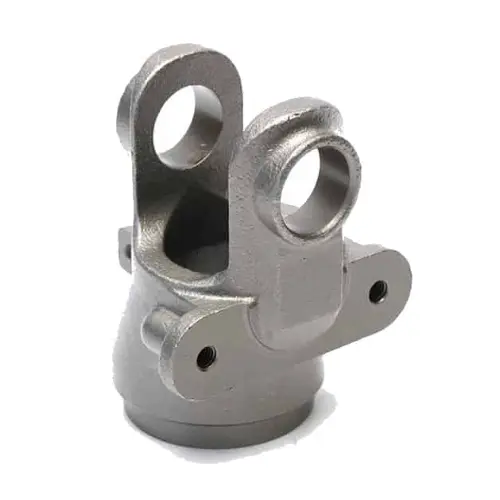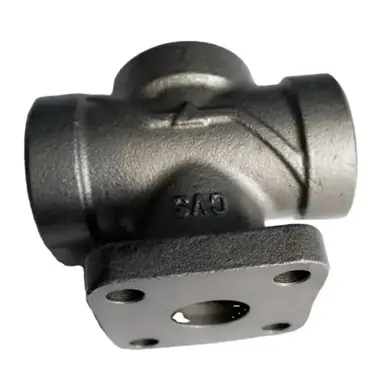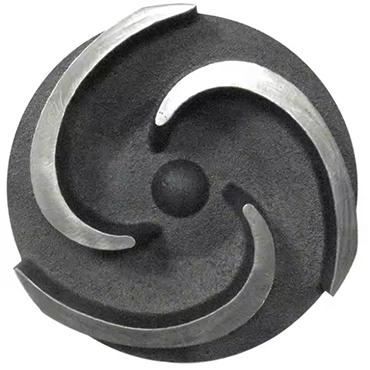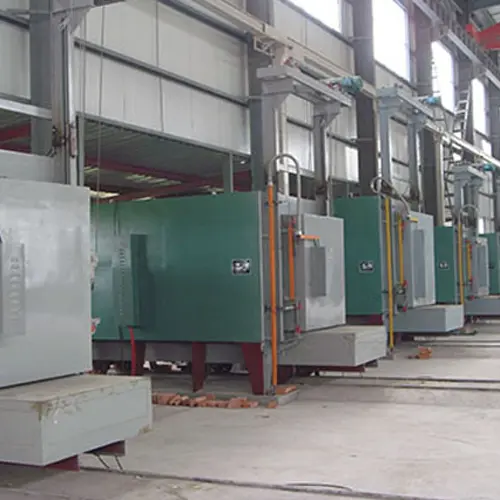



The heat treatment process for castings refers to a process method that changes the internal structure of castings by means of heating, holding and cooling to achieve the purpose of improving material properties, eliminating internal stress, and improving performance. The normalizing heat treatment process for castings is an important metal heat treatment method, and its purpose is to improve the mechanical properties and machinability of castings. The following is a detailed introduction to the normalizing heat treatment process for castings:
1. Definition and purpose
Normalizing is a heat treatment process in which steel castings are heated to 30~50℃ above Ac3 (upper critical point temperature of steel), kept for an appropriate time, and then cooled in still air. Its main purpose is to refine the structure of steel so that it has the required mechanical properties and serve as a preparatory treatment for subsequent heat treatment.
2. Classification of normalizing processes
The cast iron normalizing process can be divided into the following types according to the heating temperature and holding time:
2.1 Normalizing and tempering
Purpose: To obtain pearlite matrix structure, refine grains, make the structure uniform, and improve the strength, hardness and wear resistance of castings.
2.2 High-temperature complete austenitization normalizing:
Heating: Heat the casting to 880-950℃ to make the cast iron structure completely austenitized.
holding: The holding time is determined according to factors such as the wall thickness and size of the casting. Generally, the holding time is increased by 1 hour for every 25mm increase in wall thickness, in order to make the structure fully homogenized.
Cooling: After holding, air cooling is performed to transform austenite into pearlite. This type of normalized cast iron is often used to manufacture mechanical parts with high strength requirements, such as crankshafts for automobiles.
2.3 Low-temperature partial austenitization normalizing:
Heating: The heating temperature is 820-860℃, and only part of the original structure is transformed into austenite. Usually, the pearlite part is transformed first, while the ferrite part is retained.
holding: The holding time should also be determined according to the wall thickness of the casting. Generally, the hot-keeping time is increased by 1 hour for every 25mm increase in wall thickness to make the transformed austenite homogenized.
Cooling: After heat preservation, air cooling is performed to obtain a matrix structure of pearlite and ferrite mixture, in which the pearlite content is increased compared with the original structure, which improves the strength of cast iron while retaining a certain toughness. It is suitable for parts with certain requirements for strength and toughness.
Tempering:
After complete austenitization or incomplete austenitization normalizing, tempering at 500-600℃ is performed to obtain more and finer pearlite, improve its hardness, strength and wear resistance.
3. Cooling method for cast iron normalizing
In the normalizing process, the choice of cooling method has an important influence on the final structure and performance of the casting. Common cooling methods are as follows:
3.1 Air cooling: This is the most common method. After normalizing heating and heat preservation, the casting is directly placed in the air for natural cooling. This cooling rate is relatively moderate and can transform austenite into pearlite.
3.2 Wind cooling: When a faster cooling rate than air cooling is required, Wind cooling can be used. Use fans and other equipment to speed up air flow so that the cold air around the casting can quickly take away heat. However, if the wind cooling speed is too fast, the pearlite lamellae may be too fine, or even other unexpected structures such as bainite may appear.
3.3 Spray cooling: This is a cooling method between wind cooling and water cooling. Atomized water is sprayed onto the surface of the casting through a nozzle, and the heat is taken away by the vaporization heat absorption of water. Spray cooling can control the cooling speed more accurately, but care should be taken to prevent defects such as quenching cracks caused by excessive cooling speed.
The casting normalizing heat treatment process is an important metal heat treatment method, which plays an important role in refining the structure, improving mechanical properties and preparing for subsequent heat treatment. In practical applications, appropriate normalizing process parameters should be selected according to the material, size and required performance of the casting.





